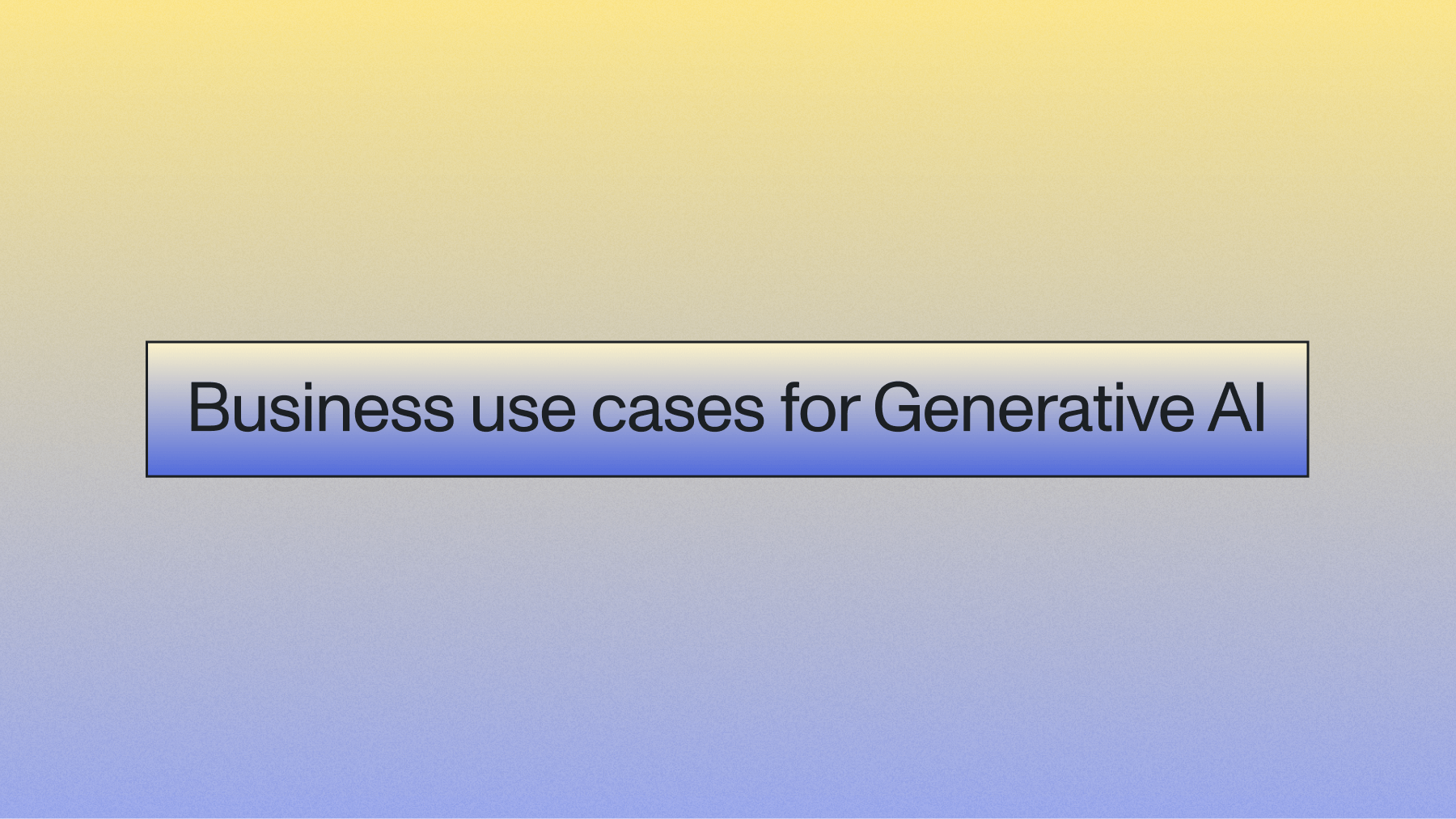Machine Learning Concepts for Beginners
This Machine Learning for Beginners course is designed to introduce you to basic Machine Learning and Deep Learning concepts.



This introductory course is designed to teach you basic Machine Learning and Deep Learning concepts through easy-to-follow video explanations and tutorials.
The course is split up into three main modules:
- Introduction to Machine Learning
- Deep Learning Basics
- Additional ML Resources
We’ve paced out the course for easy consumption and concept mastery, though feel free to go through at whatever speed makes sense to you. And if you have any questions as you progress, don’t hesitate to leave a comment on our Discord channel and we’ll do our best to clarify.
At the end, we leave you with a list of additional resources to check out if you decide to continue learning about more advanced Machine Learning concepts and applications.
Let’s get started!
#Introduction to Machine Learning
What is Machine Learning?
Machine Learning is a branch of computer science and Artificial Intelligence (AI) that uses data and algorithms to teach and improve models through experience, sometimes inspired by the way humans naturally learn and infer.

Machine Learning differs from traditional programmatic modeling by leveraging vast amounts of training data to understand underlying patterns within the data - a process known as "learning." Once trained, a Machine Learning model can make inferences and predictions on new, previously unseen data. The more training data a Machine Learning model has to work with, the more accurate these predictions will be.
Significant advances in the fields of Machine Learning and Deep Learning have led to widespread integration of the technology into everyday tasks and applications. You’ll now find Machine Learning powering Speech Recognition systems, Speech-to-Text APIs, smart conversational chatbots, automated stock trading agents, self-driving cars, image recognition systems, and more.
The first video tutorials will cover the basics of Supervised Machine Learning, Unsupervised Machine Learning, Bias and Variance, and Evaluation Metrics.
Supervised Machine Learning
We’ll start with Supervised Machine Learning. This video will discuss what Supervised Machine Learning is, examples, data and training, types, and algorithms.
Unsupervised Machine Learning
Now that you have a basic understanding of Supervised Machine Learning, we’ll take a closer look at Unsupervised Machine Learning. This video goes over what it is as well as different methods and components, including clustering, K-means, Outlier Detection, Latent Variable Modeling, and more.
Bias and Variance for ML
We'll continue with Bias and Variance, two important concepts in Data Science and Machine Learning. In this video, we’ll learn what they are, what happens when you have high bias or variance, and how to address these issues.
Evaluation Metrics
Choosing the right evaluation metric is critical to the success of a Machine Learning model. This video explains the different types and how to choose the best one depending on the problem type.
#Deep Learning Basics
Now that you know more about Machine Learning, we’ll also cover the basics of Deep Learning. While sometimes confused with Machine Learning, Deep Learning is actually a subset of Machine Learning that automates elements of the Machine Learning process and makes Machine Learning applications more scalable.
This section will include videos that explain what Deep Learning is, Activation Functions and Backpropagation in Neural Networks, Regularization, and Batch Normalization.
Deep Learning in 5 Minutes
Learn the basics of Deep Learning, including what it is, how it relates to Artificial Intelligence and Machine Learning, and common Deep Learning applications.
Activation Functions in Neural Networks
In this video, we explore what activation functions are, what types of activation functions there are, and why and how to use them.
Backpropagation for Neural Networks
Backpropagation is one of the most important Deep Learning concepts to understand. In this video, we learn what it is, how it works, and why it’s an essential component of the training process.
Regularization for Neural Networks
In this video tutorial, we’ll learn the underlying logic of regularization and the most common techniques used to achieve it.
Batch Normalization for Neural Networks
For our last video, we’ll look at batch normalization–a powerful tool to master when training neural networks.
#Keeping up with Developments in ML
In our final module, we leave you with additional resources for your ML journey, including an overview of Pytorch and TensorFlow and some of our Deep Learning team’s favorite podcasts, blogs, and YouTube accounts to follow. Finally, we’ve included a list of the top ML conferences for 2022–most have virtual options if you’ve been inspired to continue your exploration into this fascinating field.
Additional ML Resources
Should I Use Pytorch or TensorFlow?

Machine Learning Podcasts to Listen To

Machine Learning Blogs to Follow

Machine Learning Content Creators to Watch

Machine Learning Conferences to Attend

Lorem ipsum dolor sit amet, consectetur adipiscing elit, sed do eiusmod tempor incididunt ut labore et dolore magna aliqua. Ut enim ad minim veniam, quis nostrud exercitation ullamco laboris nisi ut aliquip ex ea commodo consequat. Duis aute irure dolor in reprehenderit in voluptate velit esse cillum dolore eu fugiat nulla pariatur.






